Plants that are toxic to cats –10 to avoid to keep your feline safe
Wondering which plants are toxic to cats? Discover which ones to avoid so you can keep your pets safe
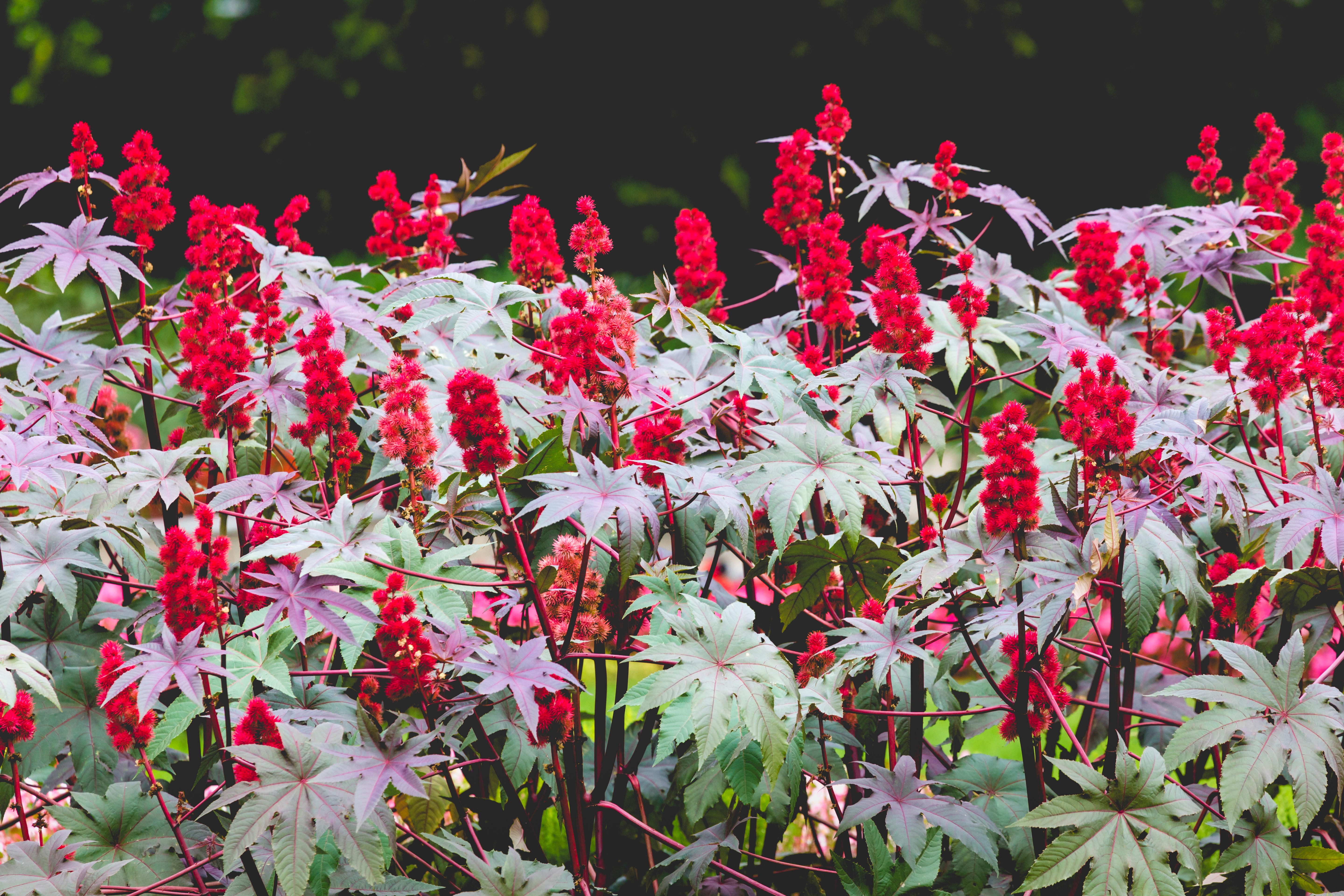

Want to know which garden plants are toxic to cats? Many of our favorite, and showiest, outdoor blooms are in fact harmful to our feline friends, so if your pet is particularly curious and is tempted to nibble, it may be well worth removing them from your yard.
From flowering bulbs, seasonal showstoppers to backyard staples such as castor oil plants and clematis, these poisonous plants are not always obvious, so do your research before you buy anything new for the garden.
While most cats are wary of eating anything unusual, brushing against a plant or walking over the leaves just before grooming can cause them to ingest toxins which then leads to sickness, fitting or even collapse. Of course, calling the vet is your first point of call in an emergency but why not save yourself the worry and expense by reading up and learning which plants can cause harm? Below, we list 10 plants that are toxic to cats.
Plants that are toxic to cats
Beautiful yet toxic to cats, these are the 10 outdoor plants best avoided in your yard.
1. Day Lily / Hemerocallis
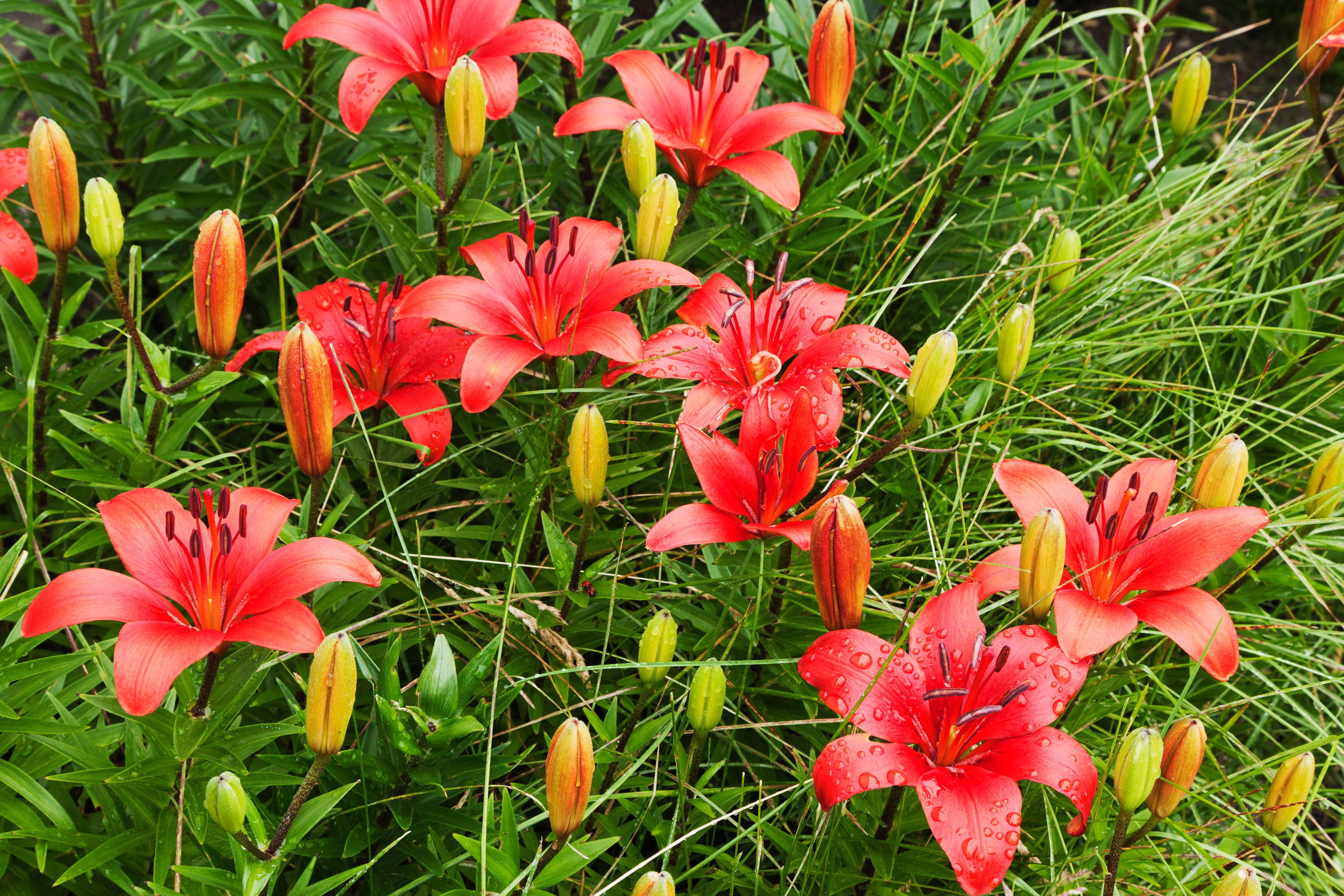
Gardeners grow daylilies for their sweet perfume and showy blooms, but unfortunately every part of the stately lily is highly toxic to cats. ‘Even ingestions of very small amounts of the plant can cause severe kidney damage,’ say the experts at ASPCA.
Even if your pet is wary enough not to eat any part of the plant, just brushing against or getting the pollen on their paws, before licking or grooming themselves can be enough to cause severe illness. Eliminate the risk and not only avoid growing them in the yard but don't display them as indoor cut flowers, either.
2. Foxgloves
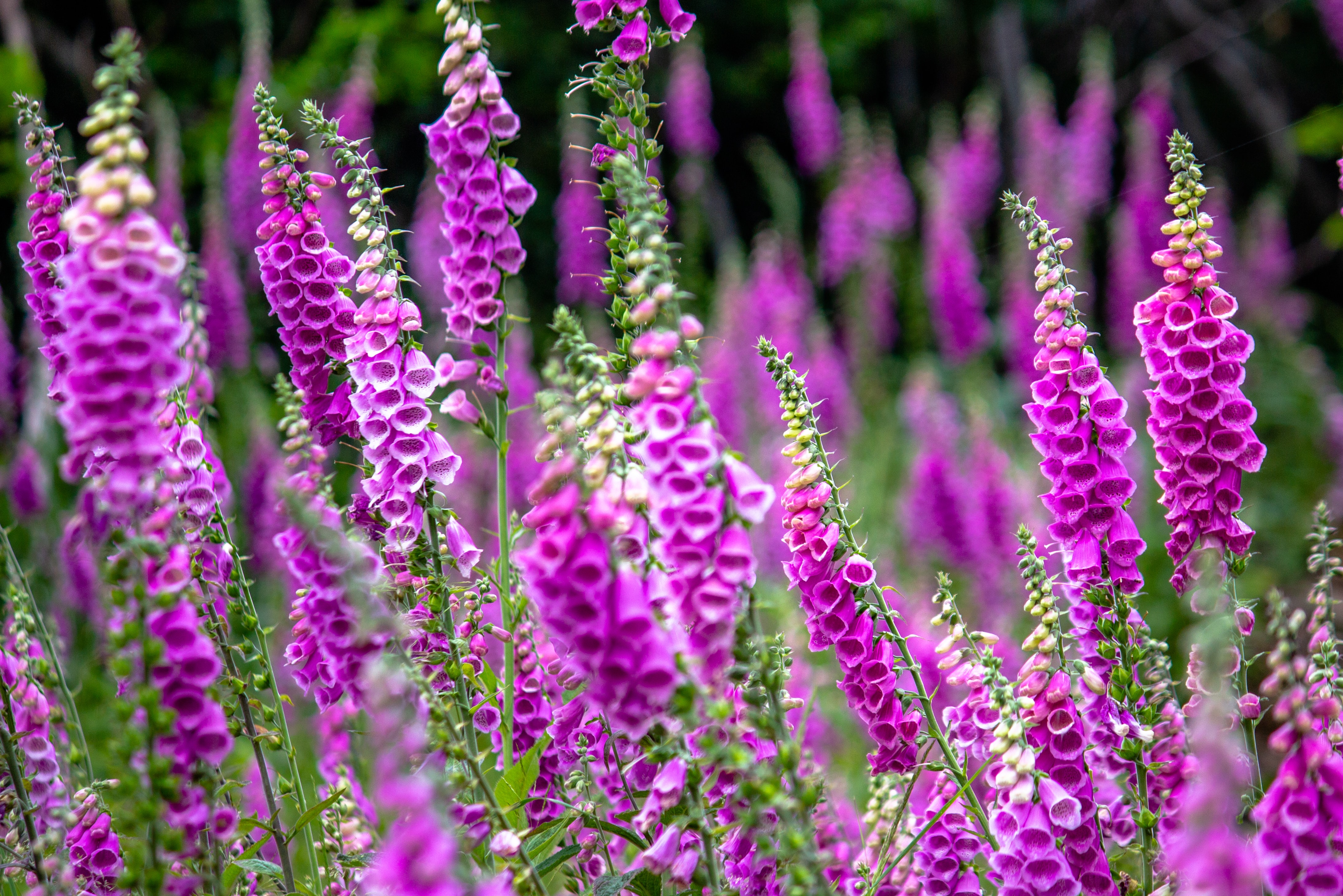
We plant foxgloves, tall purple spires are a common sight in early summer, for their stunning display along woodland fringes and dotted amongst herbaceous borders; they are instantly recognizable, but these elegant blooms are not all good news.
Containing digitalis and other cardiac glycosides that can affect heart rate, they are a common cause of pet poisonings. While most cats will give these plants a wide berth, some can be tempted to nibble the leaves and fallen blooms.
‘Foxglove poisoning most often occurs from sucking the flowers or eating the seeds, stems, or leaves of the foxglove plant,’ say the team at Pet Partners. ‘In order to treat a plant-poisoning problem, it’s important for you and your veterinarian to know specifically what plant your cat consumed. If you’re unsure, it might be good to go to a nursery or florist, or bring the plant to your veterinarian for identification.’
3. Allium
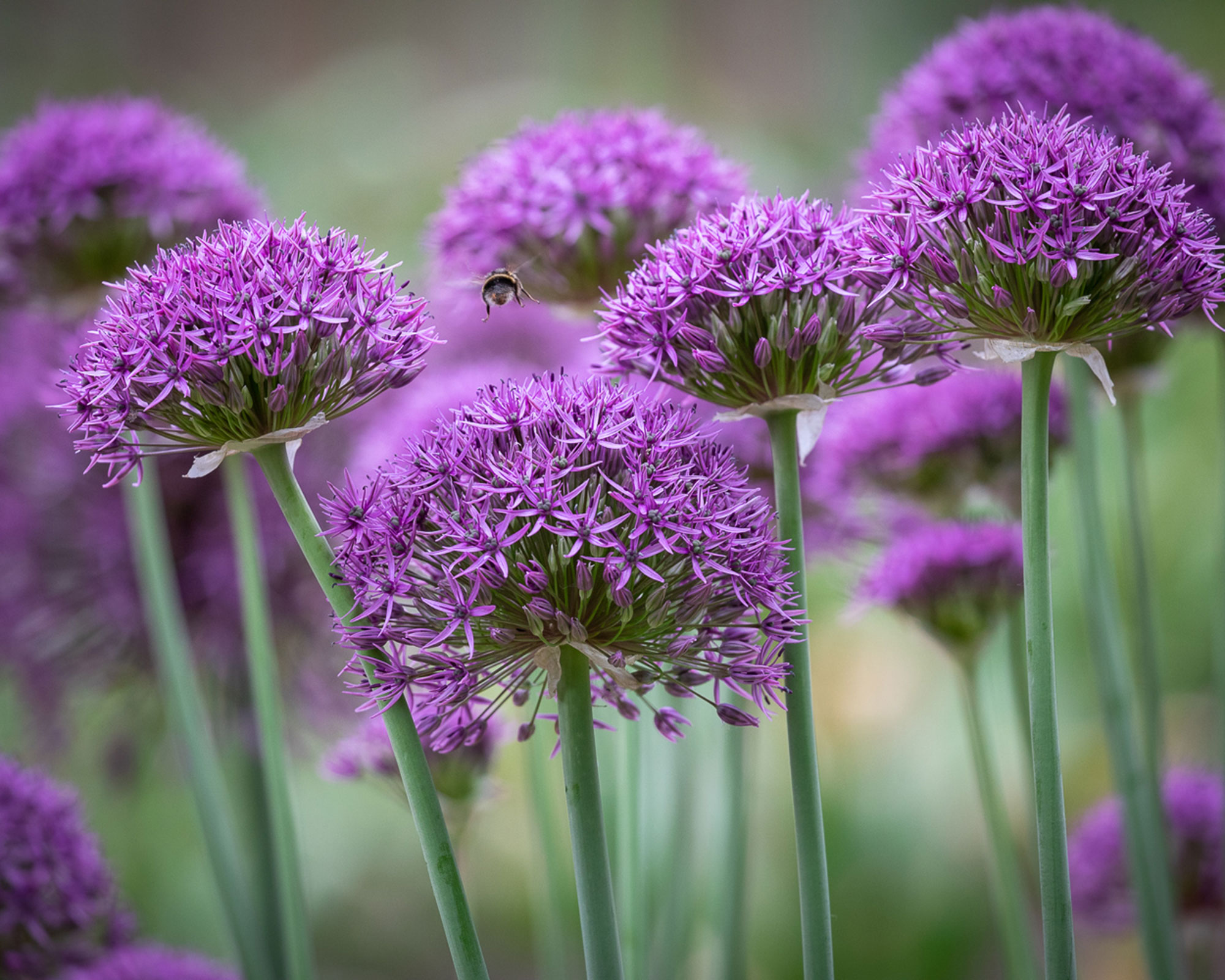
An ornamental member of the onion family, which includes chives, wild and cultivated garlic, leeks and shallots, alliums in bloom look stunning and are amongst the best spring bulbs. They are also to be found on our list of snake-repellent plants, but are potentially harmful to people and pets if any part of the plant or bulb is eaten.
Containing organo sulfoxides, these toxins can damage blood cells causing anaemia which can prove fatal.
4. Lily of the valley
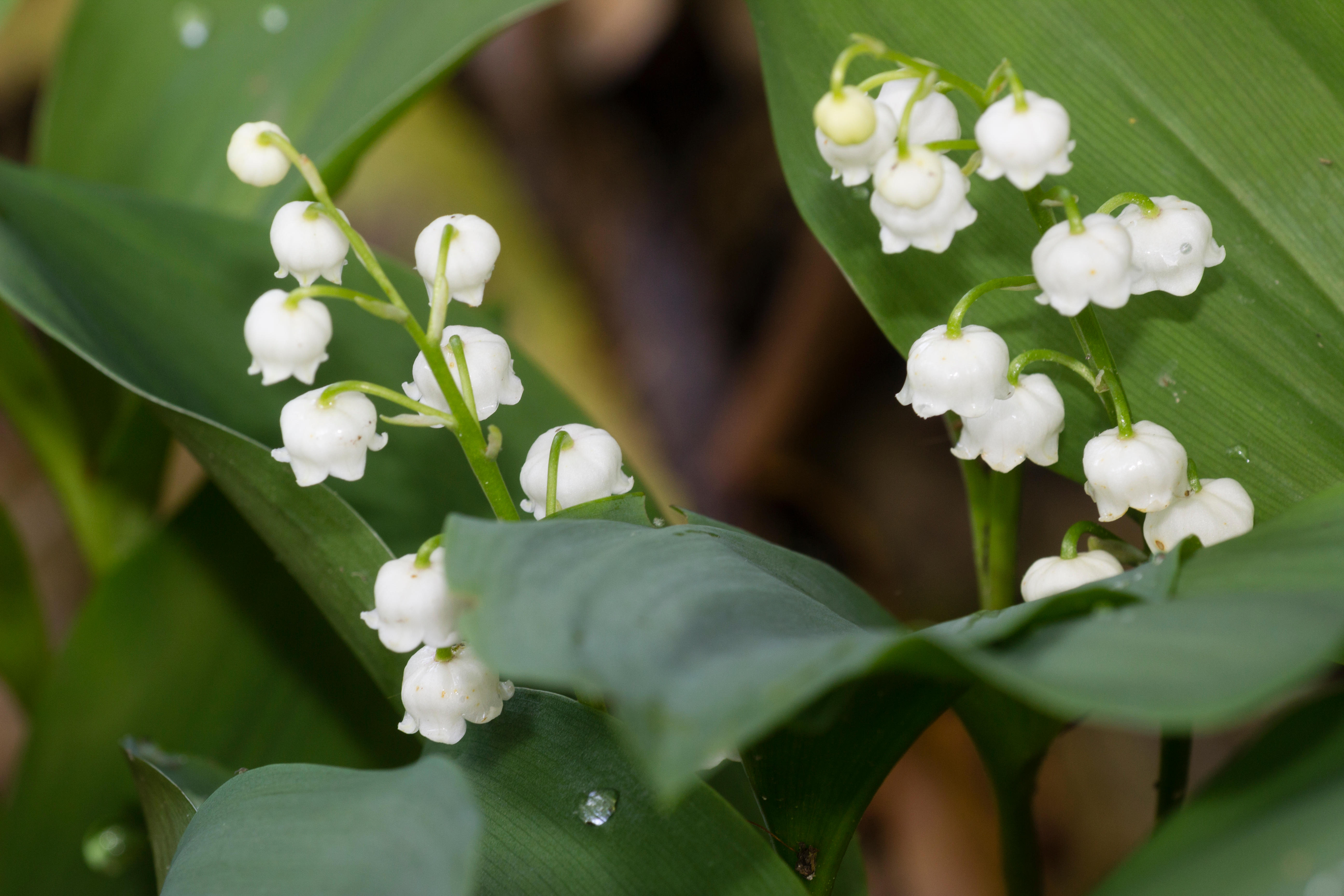
Growing widely in USDA Zone 2-9, the delicate nodding white bells of Lily of the valley are a frequent sight in the wild and gardens, and are amongst the best shade plants. These plants will thrive happily in dry shade and full sun – provided they have enough moisture – and can spread rapidly too. These fragrant beauties are not feline-friendly however, and cat parents should be aware.
Containing over 38 cardenolides, all parts of the plant are toxic to most animals and cause severe heart irregularities and gastro irritation even if the tiniest part is digested.
FirstVet advises: ‘If you suspect that your pet may have ingested the lily of the valley plant in part or in whole, see a veterinarian immediately, as your pet’s life may be in danger. Prognosis depends on the size and health status of the pet, the amount consumed, and the part of the plant that was eaten. Although all parts are toxic, consumption of the bulb may lead to death within a couple of hours.’
5. Daffodils
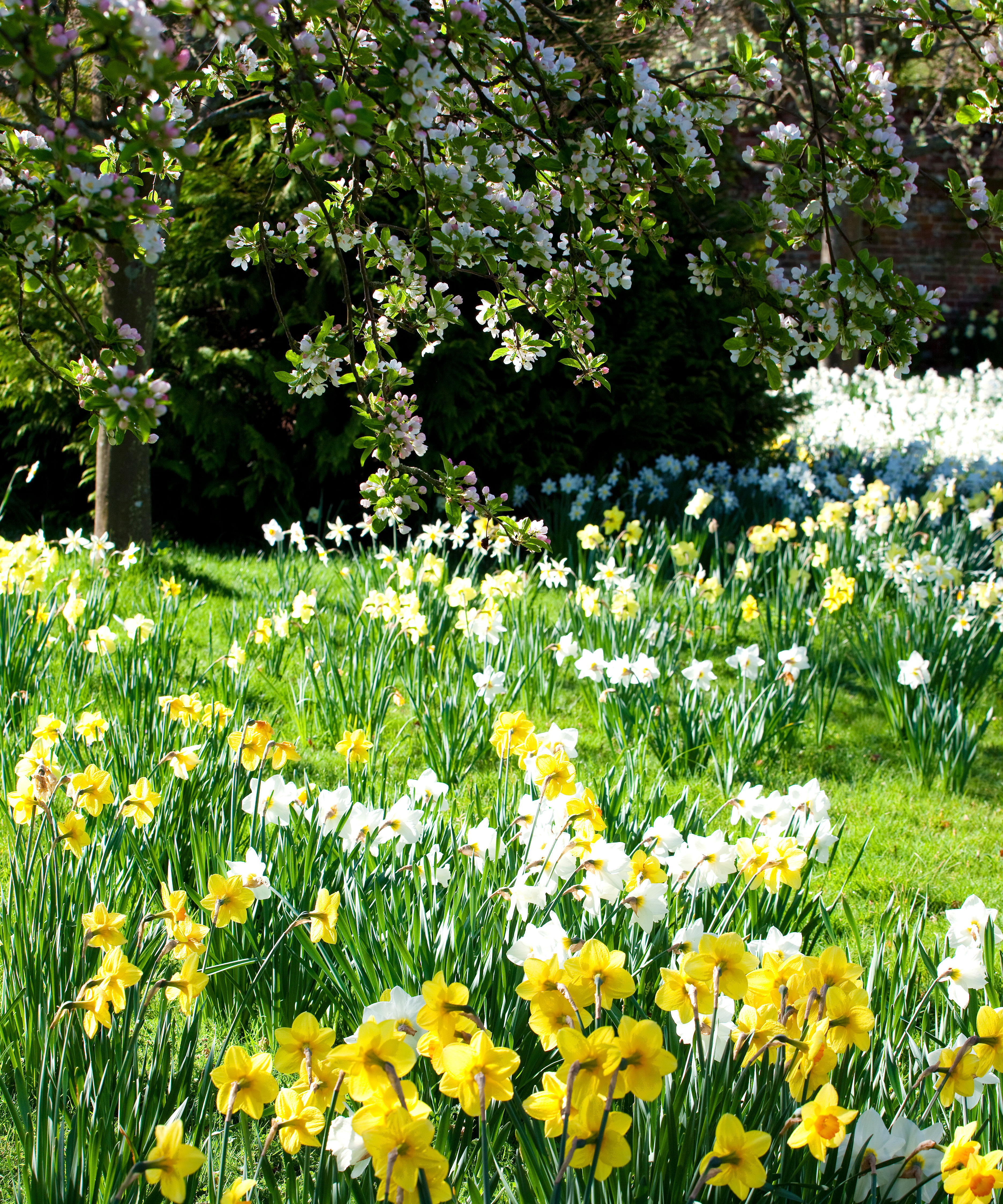
If your feline is particularly curious and prone to nibbling plants, then rethink planting daffodil bulbs and narcissus; they are another plant well worth avoiding. Cheery harbingers of spring, easy-to-grow and affordable cut blooms they – like many other flowering bulbs – contain lycorine, a vomit-inducing chemical that can cause severe illness if licked, chewed or swallowed.
Contained in all parts of the bulb, stem, leaves and flower in varying quantities, even the smallest amount of crystals can result in drooling and skin irritation.
6. Clematis
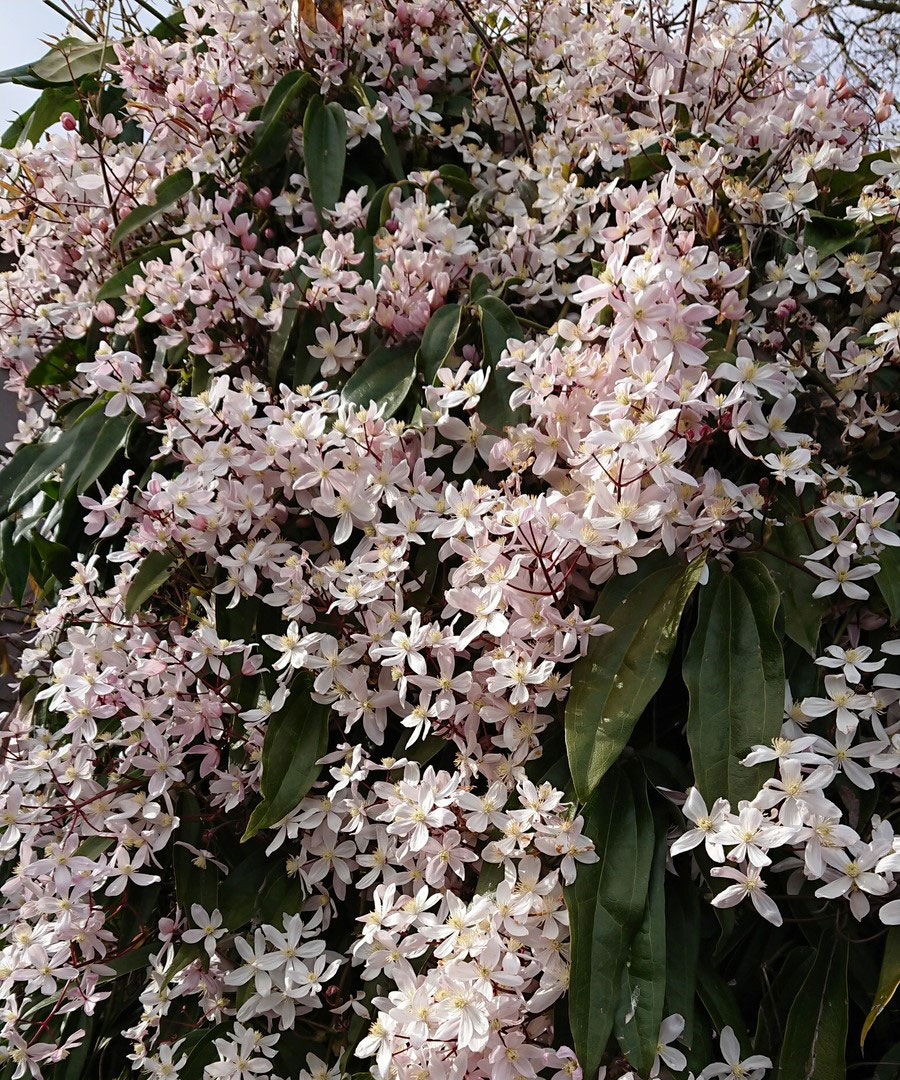
Most of us grow clematis for their abundance of late spring/early summer flowers. These woody, twining vines with their huge variety of flower shapes and styles are a staple of most backyards, but did you know their roots, leaves and stems are toxic to cats?
Containing an irritant glycoside called anemonin, this plant can cause diarrhea, hypersalivation, purging, vomiting and weakness.
7. Castor oil plant

With their stunning palmate lobed leaves and showy flower spikes, the castor oil plant is a striking architectural beauty that thrives in USDA zones 8-12. Reaching heights of 4-5ft (120-150cm) they make a real statement in pots and borders and adores a spot in full sun. All part of the plant do, however, contain ricin – one of the world’s strongest toxins – so are best avoided by owners of curious cats.
As described by the ASPCA, ‘Ricin is a highly toxic component that inhibits protein synthesis; ingestion of as little as one ounce of seeds can be lethal. Signs typically develop 12 to 48 hours after ingestion, and include loss of appetite, excessive thirst, weakness, colic, trembling. As syndrome progresses, bloody diarrhea may occur, and convulsions and coma can precede death.’
Watch out for the seeds as these have the strongest concentration of toxins and be wary of any stray pruning’s that your pet may come across.
8. Snake's head fritillary
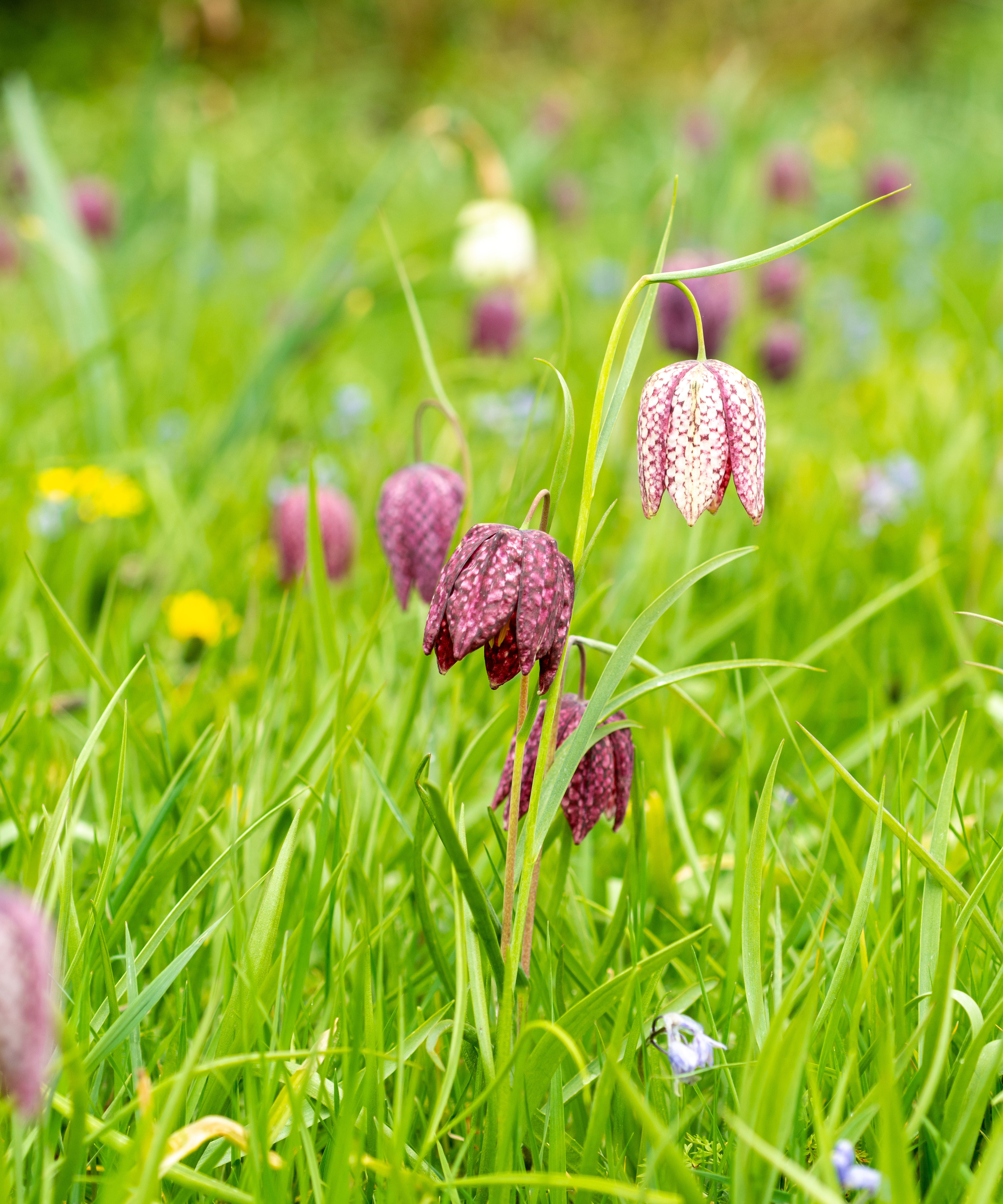
Widely planted in pots, planters and naturalized in lawns, these nodding, white and purple bell-shaped flowers put on a charming display in spring. With wiry stems and thin, grass-like leaves they blend in beautifully in a meadow-like setting but can prove tempting for cats to nibble.
Containing Imperialine, Tuliplin A and Tuliposide A, these allergens can cause pets irritation leading to sickness and drowsiness. Although unlikely, if a cat eats a large amount, this plant can prove fatal, so immediate veterinary attention is essential.
9. Madagascar periwinkle
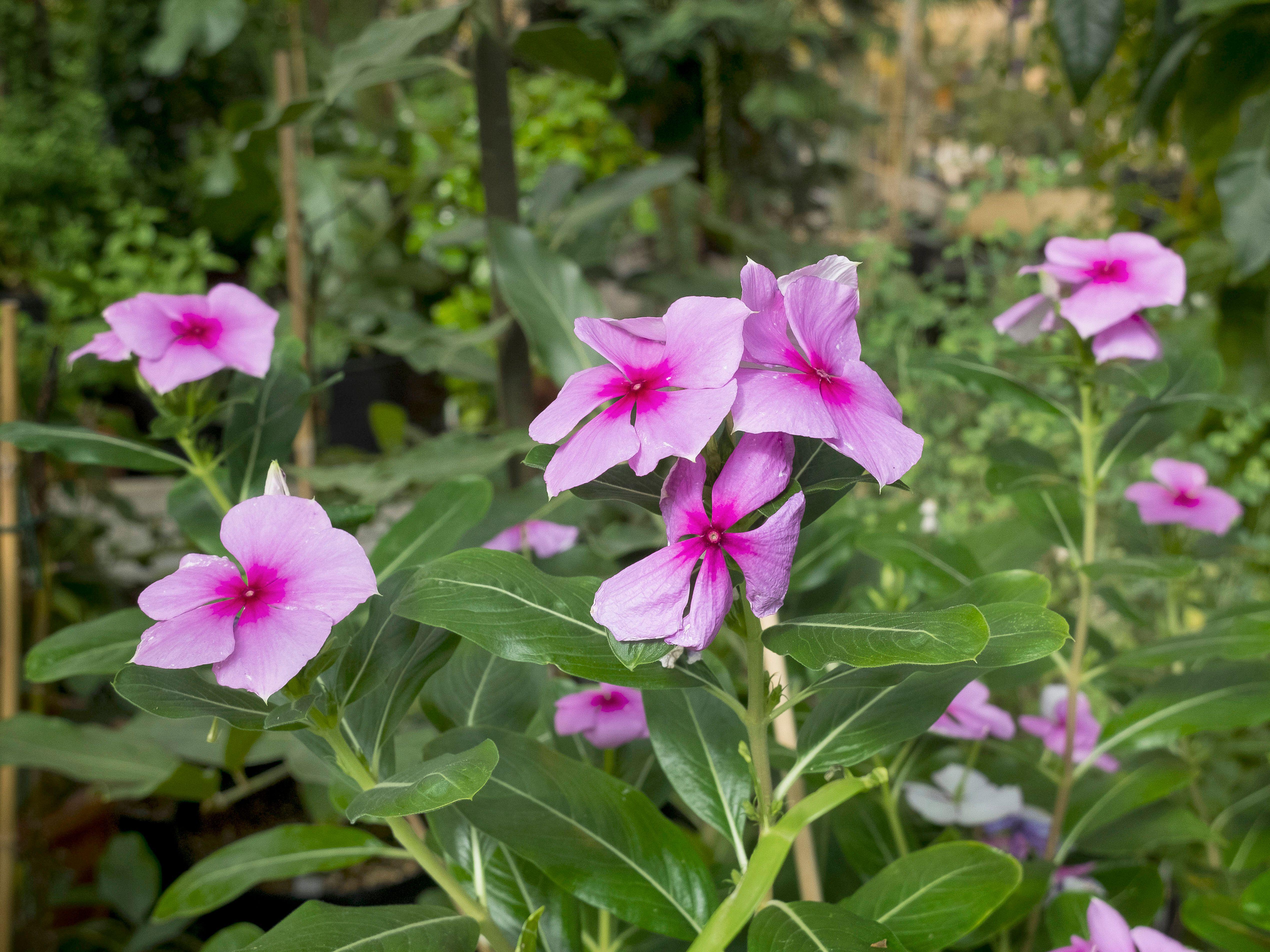
Easy-to-grow either as a perennial or hardy annual in HDSA Zones 7 to 11, the Madagascar periwinkle is a low growing plant smothered with red, pink or white, five petalled blooms set against glossy, deep green leaves.
Preferring full sun, this charming plant is popular for baskets, planters and lining walkways and has many hidden medical properties. Jake Newitt at Royal Botanic Gardens Kew says, ‘This periwinkle plant consists of vinca alkaloids which are sometimes used to prepare medicines for people suffering from diabetes and high blood pressure. It contains alkaloids which are often used in chemotherapy for selective poisoning of the cancer cells in humans and animals.’
Due to these potent effects overdoses are possible for plant munching pets, resulting in severe poisoning.
10. Bare naked ladies
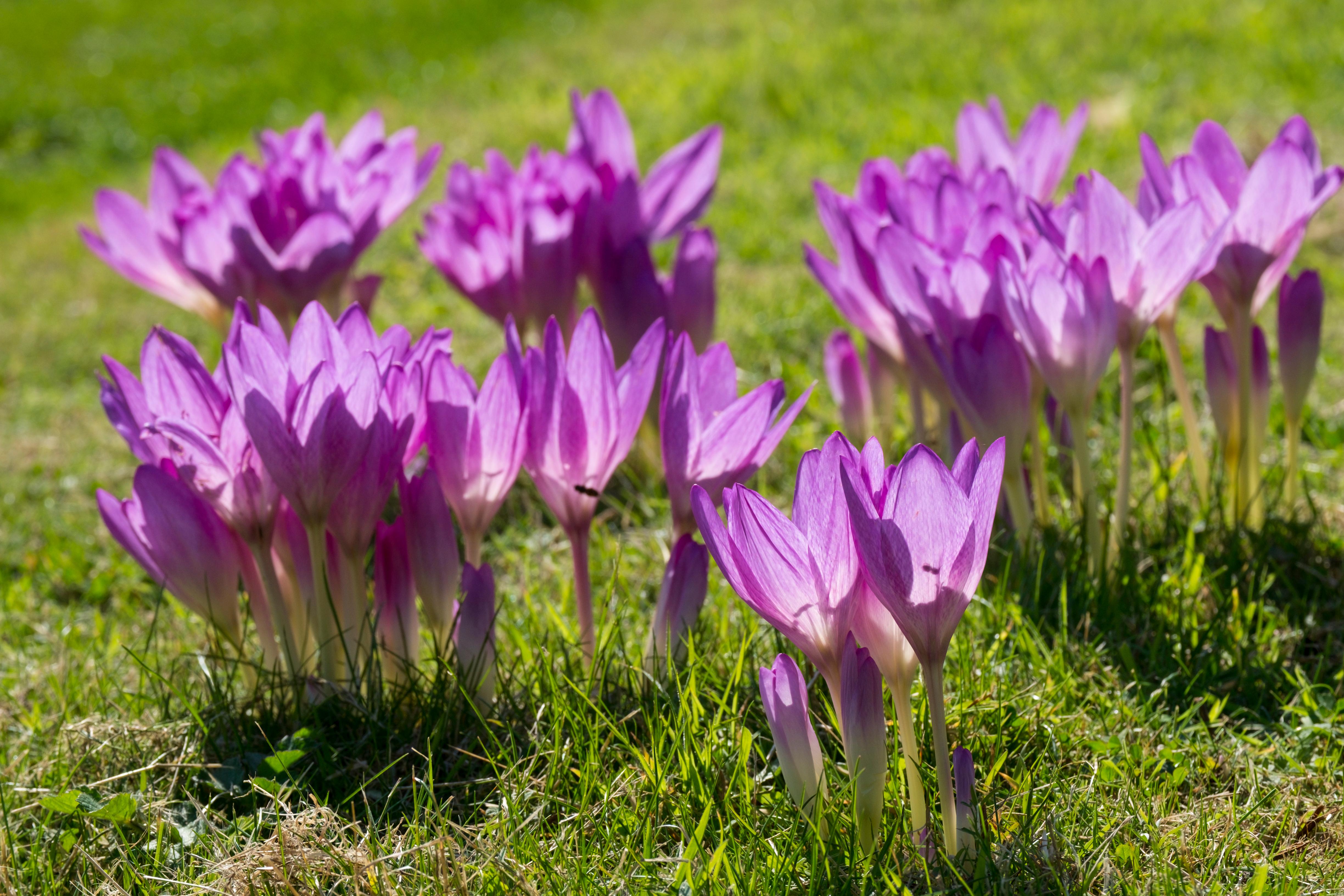
Also known as colchicum, naked ladies and meadow saffron, these large crocus-like lavender blooms share the same toxicity as found in many other flowering bulbs. Containing alkaloid colchicine, it can cause pets to develop excessive drooling, sickness, seizures and breathing problems after eating, immediately or over the following days. This can prove fatal if left untreated.
What plants to avoid if you have cats?
Some felines have a tendency to nibble plants – leaves, stems or roots – and many can do them great harm. Whether its due to them seeking out extra vegetation and fibre to help with digestion or just pure curiosity, the results can, in some cases cause extreme sickness or fatalities. Take a note of which outdoor plants are the highest risk, eliminate them from your yard and strike them off your plant nursery wish-list.
The experts at International Cat Care also suggest, ‘Free-roaming cats have access to many gardens so it will be impossible to prevent all possible contact with potentially harmful plants. You can, however, remove the most toxic plants from your garden and make a note of any in your neighbors’ gardens that are potentially dangerous. List common and Latin names. This list may help your vet if poisoning is suspected.’
If you have indoor plants make sure you avoid certain species as plants like rubber trees are toxic to cats.
What plants are safe for cats?
There are some outdoor plants our feline friends simply adore, so why not treat them and grow a patch especially for them. Thanks to their natural occurring chemicals, many types of nepeta or catmint send our furry pals in to a non-toxic state of euphoria.
Common valerian has a similar effect due to the actinidine present while Teucrium marum or Cat Thyme is a real favourite with a more select number. Closely related to the germander plant it has small grey-green leaves, fragrant pink blooms in summer and a musty scent. Happy in USDA zones 7b – 10b, it reaches up to 2-3ft high (61-91cm).
Sign up to the Homes & Gardens newsletter
Design expertise in your inbox – from inspiring decorating ideas and beautiful celebrity homes to practical gardening advice and shopping round-ups.

Journalist Jill Morgan has spent over 20 years writing and editing gardening, interior and property features. Titles she has worked on include The English Home, House Beautiful, Ideal Home, Houzz and Modern Gardens and she writes regularly for H&G as a Contributing Editor. Whilst she is a dab hand at renovation projects and DIY, she is happiest when out digging in the garden or planning a new border.
-
 'Wick away the ick' – 6 things people with clean laundry rooms always do to make this hardworking space shine
'Wick away the ick' – 6 things people with clean laundry rooms always do to make this hardworking space shineThese tips on how to clean your laundry room will banish grime
By Seraphina Di Mizzurati Published
-
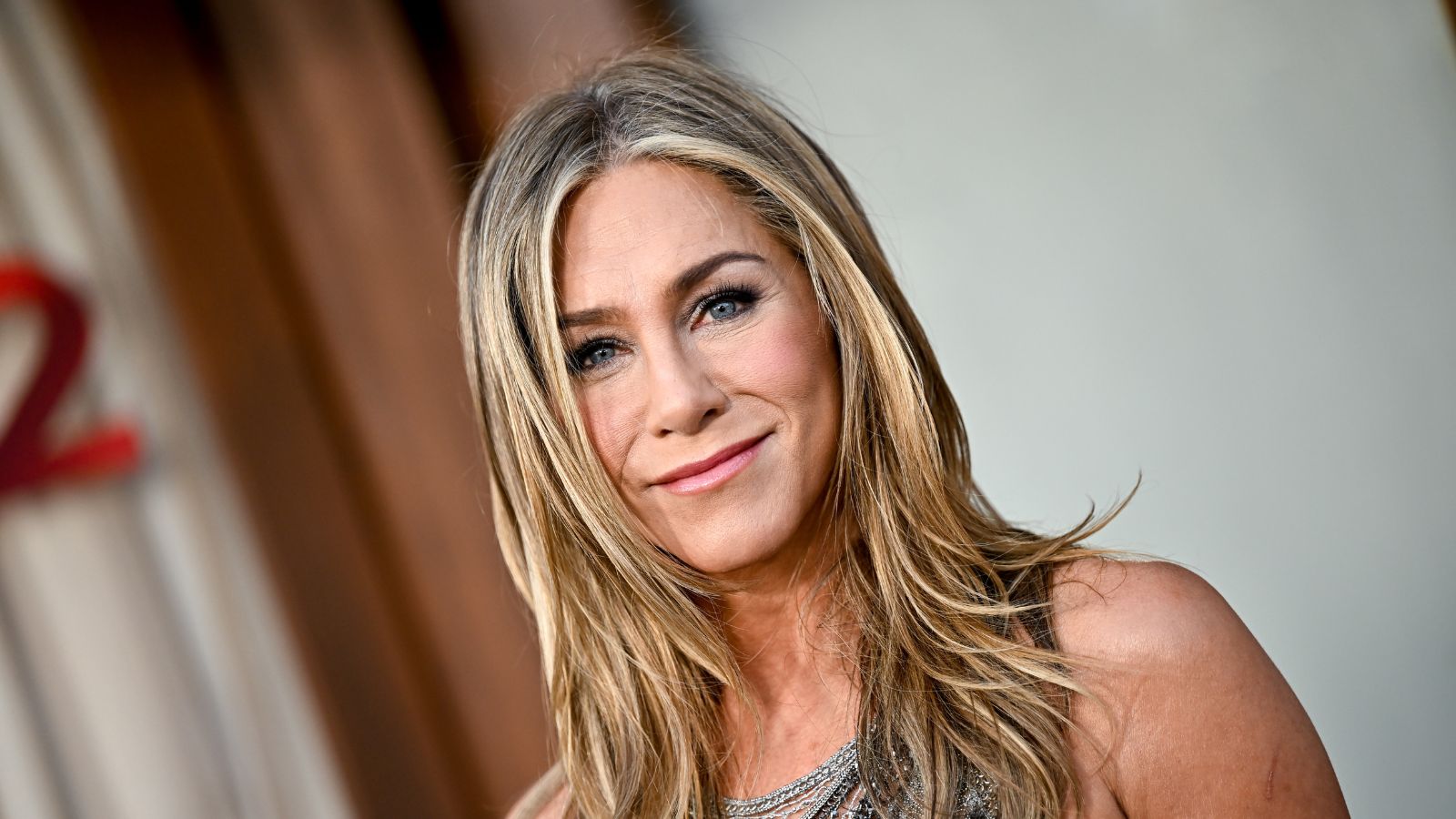 Jennifer Aniston’s bedroom is a ‘goldmine of simple sumptuousness’ – it’s 2025’s version of quiet luxury and so easy to recreate
Jennifer Aniston’s bedroom is a ‘goldmine of simple sumptuousness’ – it’s 2025’s version of quiet luxury and so easy to recreateThe actress's unique space features James Mont-designed lamps and a raised bed inside a walnut plinth – but you can recreate its understated sophistication
By Megan Slack Published